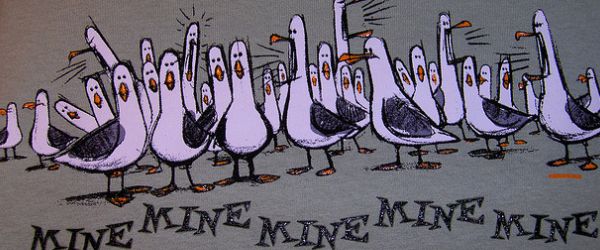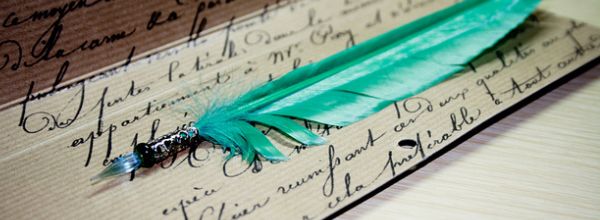We scientists are all so focused on getting our work published that many of us seem to forget something very important; that publication is just the beginning. After publication is when our manuscripts really have to do their essential work of communicating our science to our peers.
If no-one reads the manuscript, we might as well have not done the science in the first place.
The same goes if no one gets the message of what we have done, and why is it important to the field.
So making your manuscript easy to read is absolutely essential, especially as literature searches become increasingly crowded.
But what makes a manuscript readable?
There are all sorts of approaches and nuances to making a manuscript readable and attention-grabbing. And those are well worth studying. But for an easy way to make an immediate impact on the readability of your writing, try this 5-minute Readability Exercise.
Take any manuscript that comes to hand. Scan it for 5 minutes (set a timer) and assess it on these 5 key points:
- Purpose of the research: Is it clearly stated?
- Key points of the work: Are they logically presented?
- Implications of the research: Are they clear and boldly specified?
- Use of Language: Is it jargon free, easy to follow?
- Appeal: Does it grab you? Does it make you want to read more?
If you do this for one paper per day, you’ll quickly start to build up an instinct of what makes a paper readable and attractive. Make sure you vary the types of manuscripts that you use for the exercise. Try manuscripts from different – even wildly different- fields, areas you know well, a little and not at all. This will stretch your readability muscles in different directions and give you a better result.
I really like this approach because you don’t have to become immersed in all sorts of viewpoints and techniques on how to write. Instead, you are reverse engineering your own approach that will come naturally to you, and make it much easier to adopt when it comes to writing yourself.





